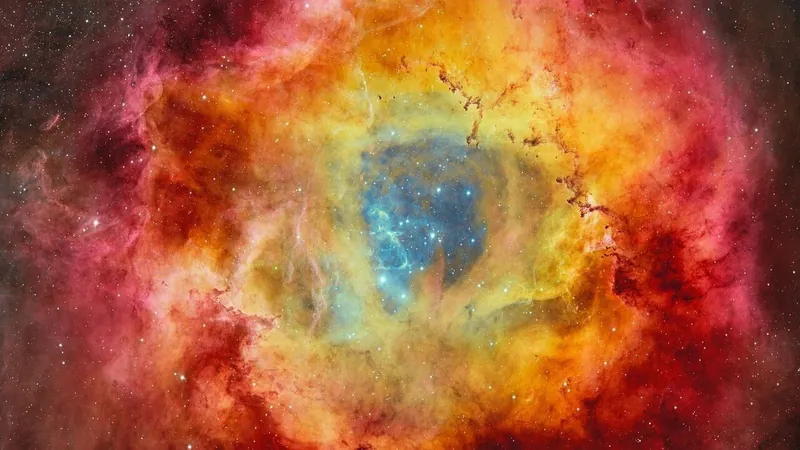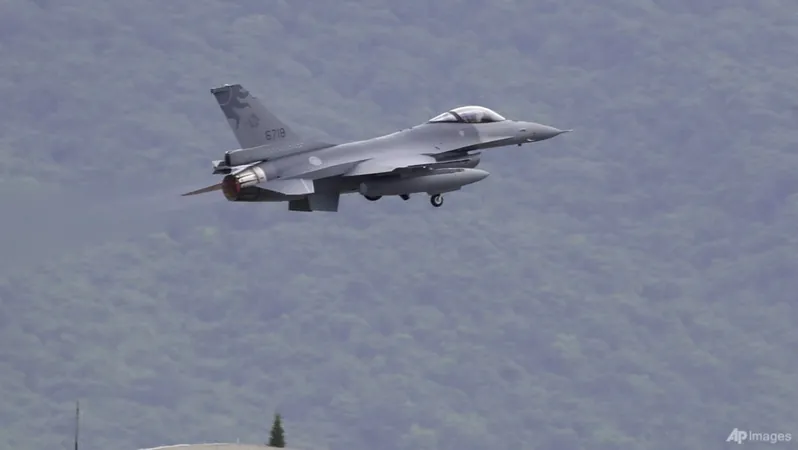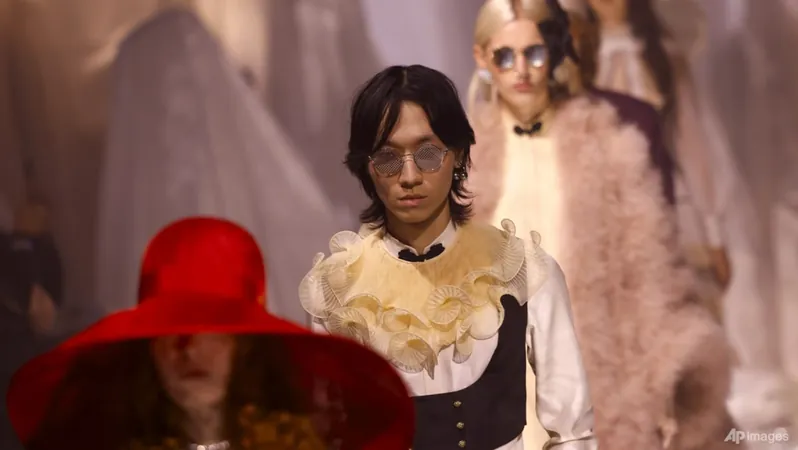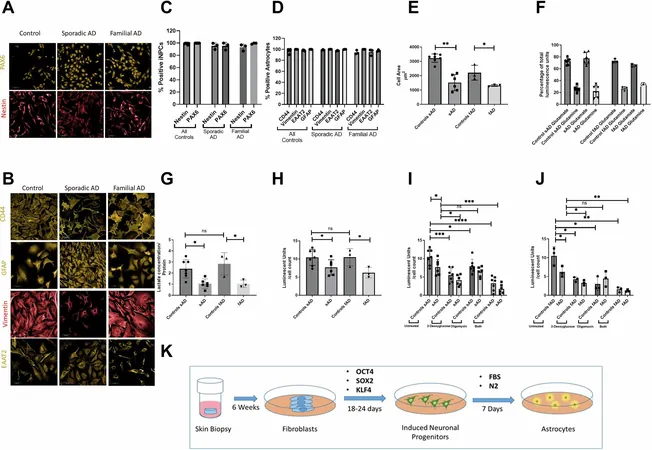
Stunning Image of the Rosette Nebula Dazzles Stargazers and Astrophotographers Alike!
2024-10-01
Stunning Image of the Rosette Nebula Dazzles Stargazers and Astrophotographers Alike!
The Rosette Nebula has blossomed vividly in the depths of space, a captivating sight brought to life in a breathtaking image taken by the cutting-edge Dark Energy Camera. This remarkable capture showcases how intense, luminous stars at the core of the Rosette are invigorating the surrounding molecular gas, creating a dazzling cosmic display.
Located approximately 5,000 light-years from Earth, the Rosette Nebula is a hunter’s delight for astrophotographers as it rises in the northern hemisphere's winter sky, nestled within the constellation Monoceros, the Unicorn. It's positioned near Orion and is encased within the celestial Winter Triangle formed by the bright stars Sirius, Procyon, and Betelgeuse. The nebula’s ethereal beauty becomes truly apparent during long-exposure photography, revealing a vibrant tapestry of color that would otherwise go unnoticed through a telescope.
The impressive 500-megapixel resolution from the Dark Energy Camera mounted on the four-meter Victor M. Blanco Telescope at the Cerro Tololo Inter-American Observatory in Chile offers a splendid view of this nebula, aptly named for its resemblance to a gorgeous flower. Spanning a colossal 130 light-years, the Rosette Nebula stands out as a region rich in star formation.
At its heart lies the star cluster NGC 2244, housing several massive, hot, blue stars. This cluster is unique as it can be observed even by amateur astronomers—with binoculars or the naked eye from a dark location—thanks to its brightness, distinguishing it from the dimmer features of the nebula that surround it.
The brilliance of the Rosette Nebula is a result of powerful radiation winds radiating from the star cluster, which ionize the surrounding gas, clearing out a central cavity in the nebula over time. The energized gases emit light at specific wavelengths, which is why the Rosette is classified as an "emission nebula." In this vibrant image, you can see the emissions from hydrogen (highlighted in red), oxygen around the nebula’s center (golden yellow), and ionized silicon along the edges (pink).
The image also reveals dark, fibrous regions, clouds of dense dust obscuring the vision, possibly enshrouding new stars in their formative stages. These are affectionately known as "elephant trunks" due to their long, drooping appearance, and among them is one called the "Wrench Trunk," which spirals gracefully around intertwined magnetic field lines.
Scattered throughout the Rosette Nebula are Bok globules—small, dense clumps of cold dust that are potential nurseries for fledgling star systems. These tiny formations often hold the possibility of becoming brown dwarfs, which are intriguing failed stars that lack the necessary mass to initiate hydrogen fusion.
With a stunning display of colors and a dynamic environment for star formation, the Rosette Nebula continues to capture the imagination of astronomers and stargazers, reminding us of the endless wonders that lie within our universe. Are you ready to gaze into the great unknown?




 Brasil (PT)
Brasil (PT)
 Canada (EN)
Canada (EN)
 Chile (ES)
Chile (ES)
 España (ES)
España (ES)
 France (FR)
France (FR)
 Hong Kong (EN)
Hong Kong (EN)
 Italia (IT)
Italia (IT)
 日本 (JA)
日本 (JA)
 Magyarország (HU)
Magyarország (HU)
 Norge (NO)
Norge (NO)
 Polska (PL)
Polska (PL)
 Schweiz (DE)
Schweiz (DE)
 Singapore (EN)
Singapore (EN)
 Sverige (SV)
Sverige (SV)
 Suomi (FI)
Suomi (FI)
 Türkiye (TR)
Türkiye (TR)